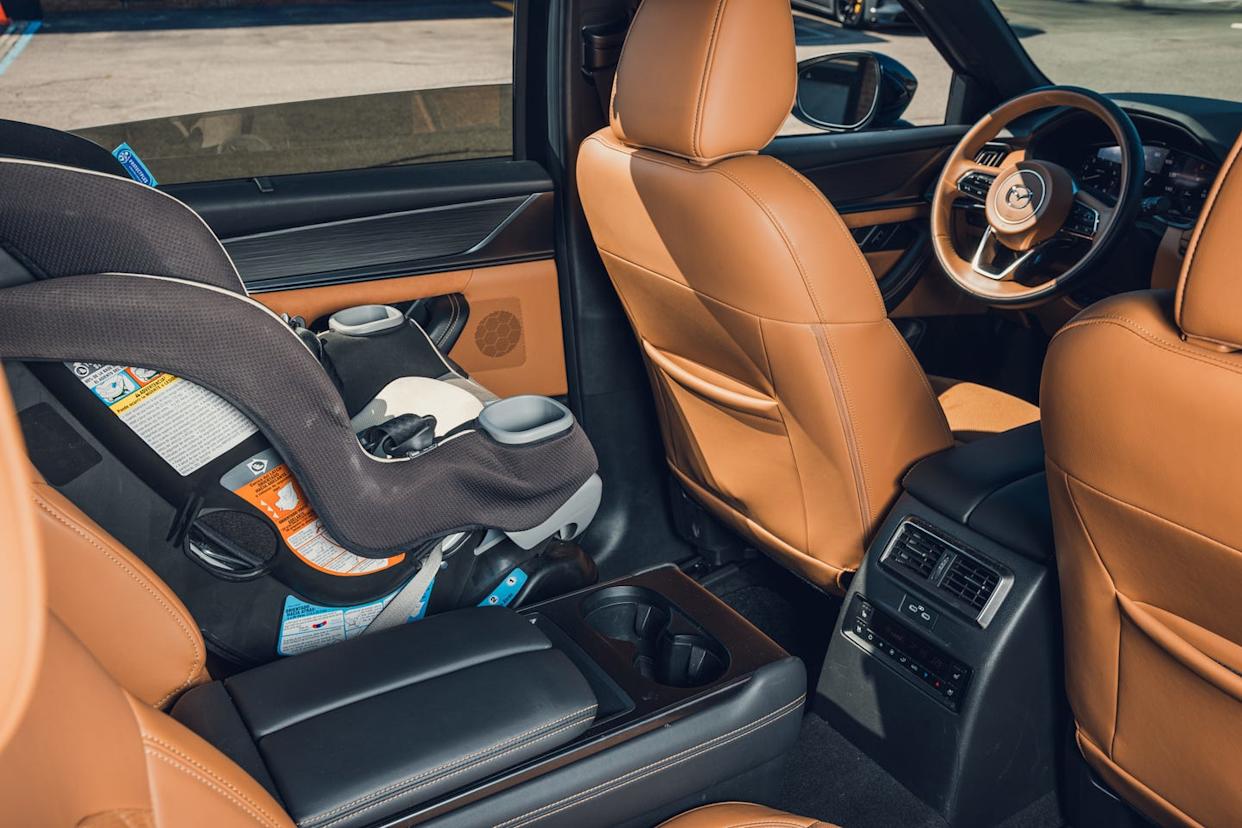
A new car comes with an owner's manual. A new child does not. Consider this, then, one of the chapters in the proverbial manual for child rearing that your little one left in the womb. We may not be Dr. Spock, but we do know a thing or two about the car-side of parenthood. If you're hoping to find out where the mute button on your youngin' is, then you'll have to look elsewhere (and please share that info with us when you find it). When it comes to the basics of shuttling your little passenger about in your car, well, we've got you covered.
Rear-facing, convertible, and booster child seats are a constant for at least the first decade of your kid's life. No matter the car seat stage you're in, all need to be properly installed in your car in order to safely protect your child in the event of a collision. Here's a quick guide to some car seat tips and tricks, many of which we've illustrated with the help of our long-term Mazda CX-90.
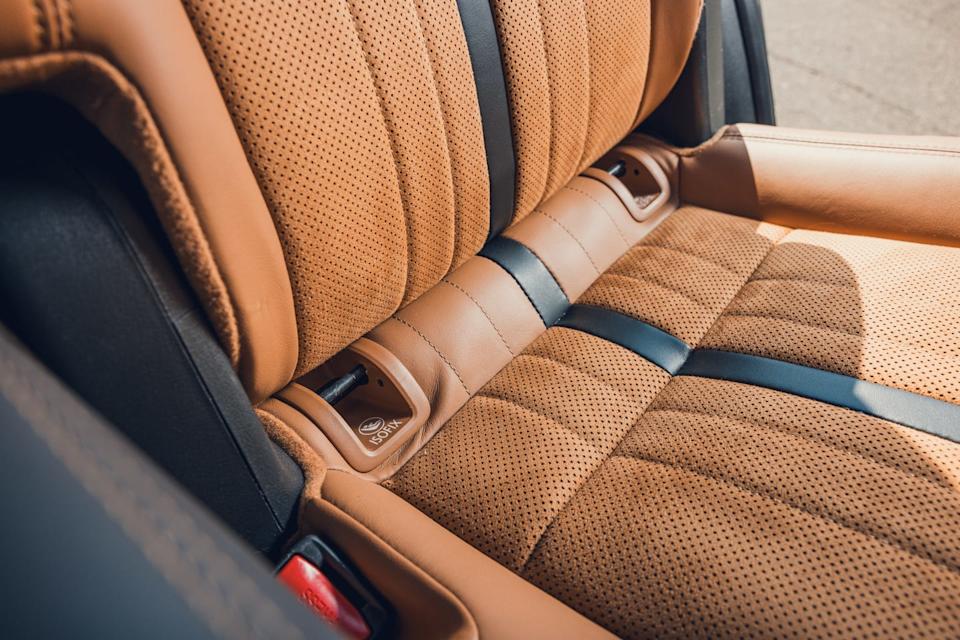
LATCHing On
Since 2003, just about all new cars feature a tether system for securing a child seat dubbed LATCH. That's an acronym for Lower Anchors and Tethers for CHildren. It also goes by the name ISOFIX in European markets. Whatever you call it, the system is made up of anchors mounted at the seat bottom and on the seat back, which the child seat clips into.
LATCH is an international standard, and the tethers that clip into these anchors can be found on nearly every new rear-facing and front-facing convertible car seat sold today. Most infant and baby seats are rear-facing, with NHTSA (National Highway Traffic Safety Administration) guidelines suggesting that kids shouldn't sit in front-facing seats until they outgrow their rear-facing seat completely. Typically, this transition happens around your kid's second birthday.
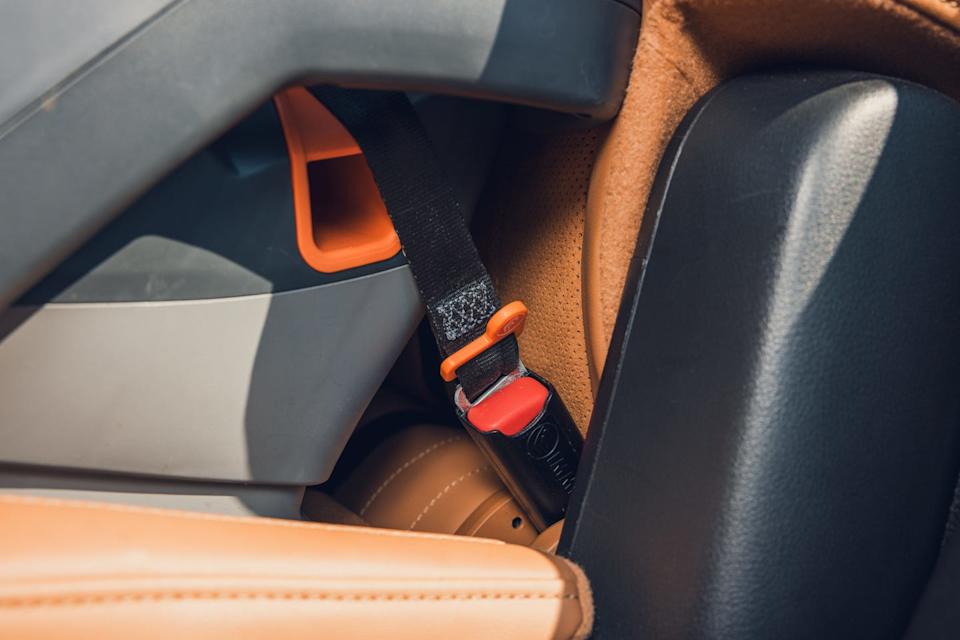
But what if you own an older vehicle without LATCH points? Don't sweat it, because it's all but a given that the child seat you purchase can also use a seat belt to secure it to the vehicle. If you go that route, then you'll need to pull the seat belt out fully to engage a ratcheting mechanism, after which you can tighten the belt to keep the car seat nice and snug.
Front-Row Seats Unavailable
Not every seat in your vehicle is made for a car seat. For instance, putting a rear-facing car seat in the front passenger's seat is seriously frowned upon. This is because the front-passenger seat's proximity to the front airbag can result in the inflatable safety device doing more harm than good in the event of an accident.
Though most modern vehicles include weight sensors in the front passenger seat that are capable of disabling the airbag if a certain weight threshold isn't met, depending on the reliability of this piece of tech is not a risk we'd recommend taking with your little one. Older vehicles, meanwhile, may have a literal switch to disable the front-passenger airbag.

With a newborn on the way, it's not uncommon for current or soon-to-be parents to look into the purchase of a new vehicle. Often, additional interior space or a desire for additional safety features drives this decision. A three-row SUV such as our Mazda CX-90 is the sort of vehicle that may be on the radar of these parents.
If you find yourself in this camp, then let us remind you to take a car seat with you on your shopping journey. Try installing and removing it from the vehicle, see how much space there is for fitting one of two other individuals beside it, and make sure there's reasonable room to still be able to use the front passenger seat when you inevitably need to push it forward on its tracks to fit the car seat.
You'll also want to make sure there's a little extra room to spare, lest you have a backseat marred by the marks of grubby toddler feet and shoes kicking the front seats' backs. The CX-90, for instance, offers generous enough space in its first and second rows to maintain sufficient legroom for those up front while ensuring all but the longest-legged kids from karate kicking the seat backs in front of them.
Take a minute to clip and unclip the car seat into the LATCH anchors, too. You may find the car you're looking at has lower LATCH anchors buried frustratingly deep within the crevice between the seat bottom and back, or an upper anchor that can only be reached by individuals with limbs capable of stretching and contorting like those of Mister Fantastic.
The LATCH anchors in our Mazda CX-90 are especially easy to locate and hook into; however, this is not necessarily the case in all vehicles. Credit the large, easy-to-find LATCH points at the base of the second-row seat bottom that make clipping the buckles in especially easy. The seatback-mounted LATCH anchor, meanwhile, is reasonably easy to reach with just one hand, with the plastic housing surrounding the anchor making it easy to find by feel alone.
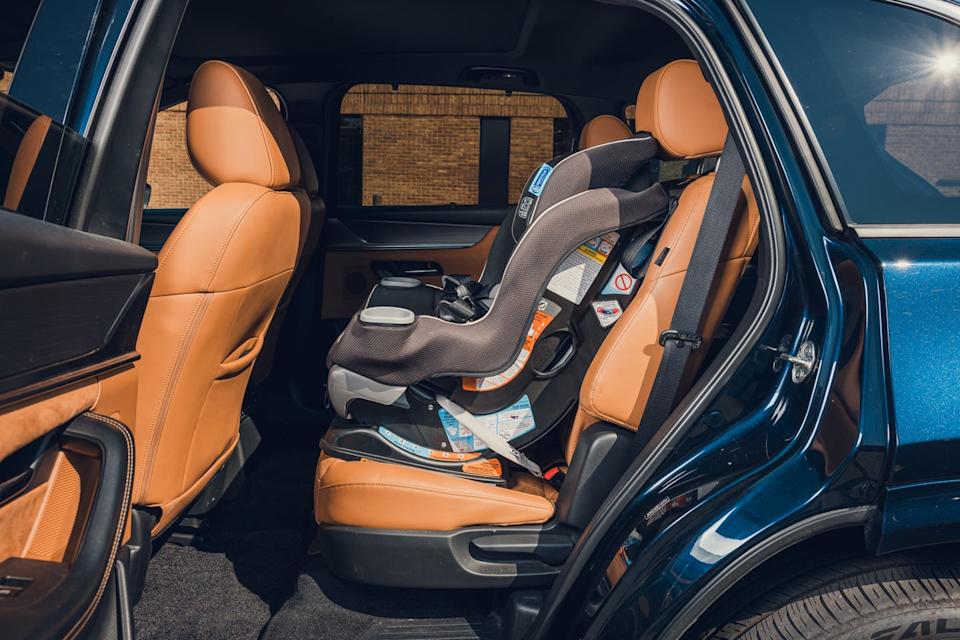
Additionally, note that not all rear door openings are the same, either, so be sure to take into account just how wide and tall the rear door opening is; otherwise, you (and possibly your toddler) will spend the next few years trying to avoid concussions from head-to-doorframe and head-to-roofliner contact. Thanks to the relatively tall and wide openings of the CX-90's rear doors, it's particularly easy to avoid bonking your or your child's head when buckling them into the car seat.
Everything, Everywhere, All at Once
It won't take long to learn that kids often leave a wake of debris and destruction in their path. A convertible car seat for a toddler may appear to offer a defense against this, but no matter how big or bulky the unit is, kids somehow find a way to leave a blast radius of snacks and various unidentifiable sticky material about (what seems like) the entirety of the back seat.
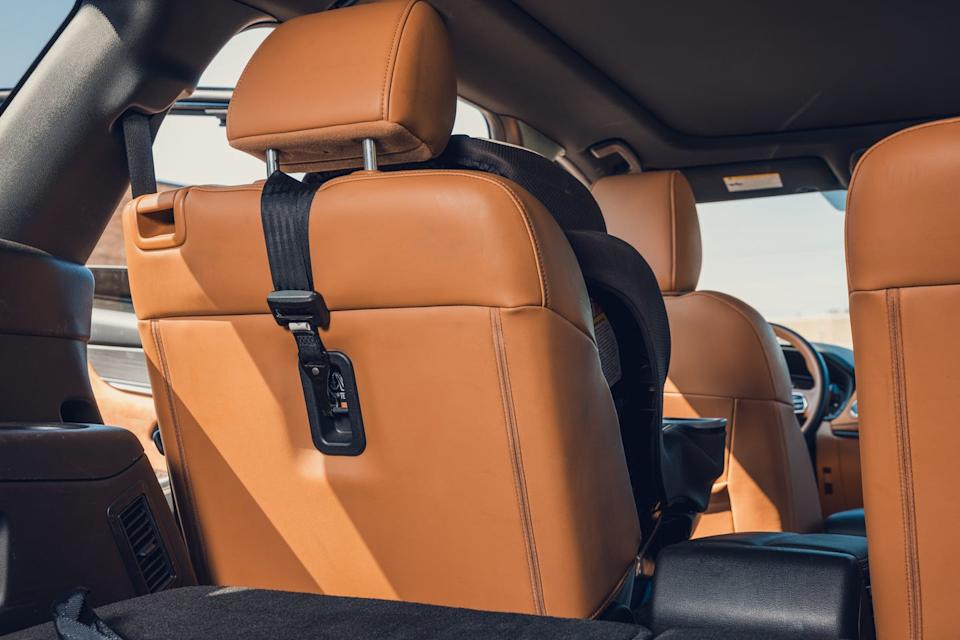
A rear seat cover can help mitigate some of the long-term wear and tear associated with the thrashings of a car-seat-bound kid. Ultimately, though, you're best friend will likely be a vacuum with a long-enough attachment that's capable of getting all the toddler-related crumbs and dirt out of the creases and crevices of the rear passenger compartment.
Take a Booster Seat
Depending on the height and weight of your child, you're likely to trade the convertible car seat for a booster seat sometime between the ages of 4 and 12. Rather than relying on a built-in five-point restraint like that of infant and child seats, a booster seat uses the vehicle's seat belt to restrain your child. When in place, the booster seat's bottom raises your small kid's body high enough to ensure that the seat belt goes across their body. Without a booster seat, the belt would be positioned dangerously across your child's neck.
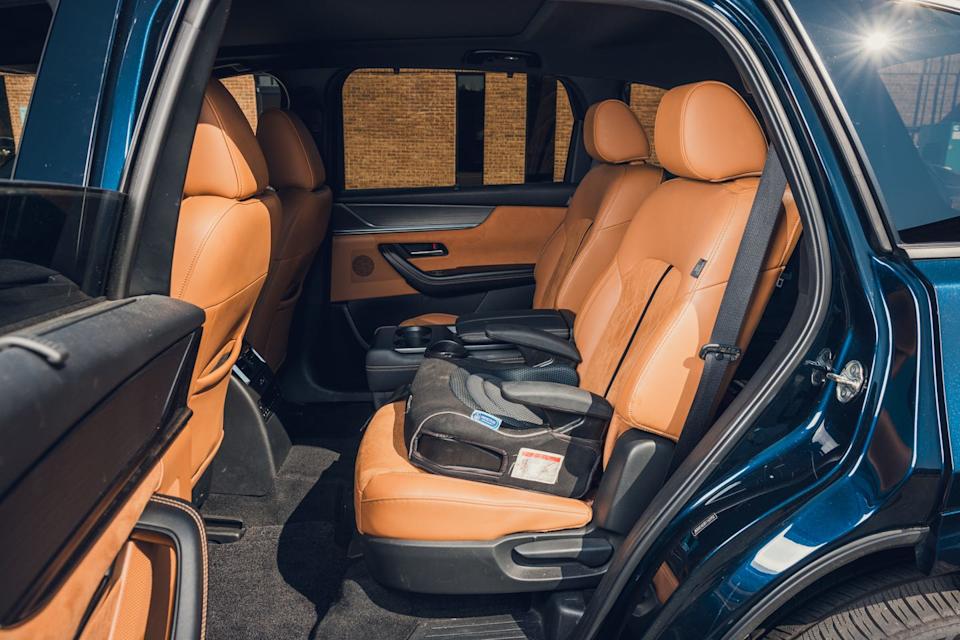
Regardless of the age and stage of your child and their car seat needs, you'd be wise to do a research dive into the costs and benefits of the many rear-facing, convertible, and booster child seats currently available.
You Might Also Like
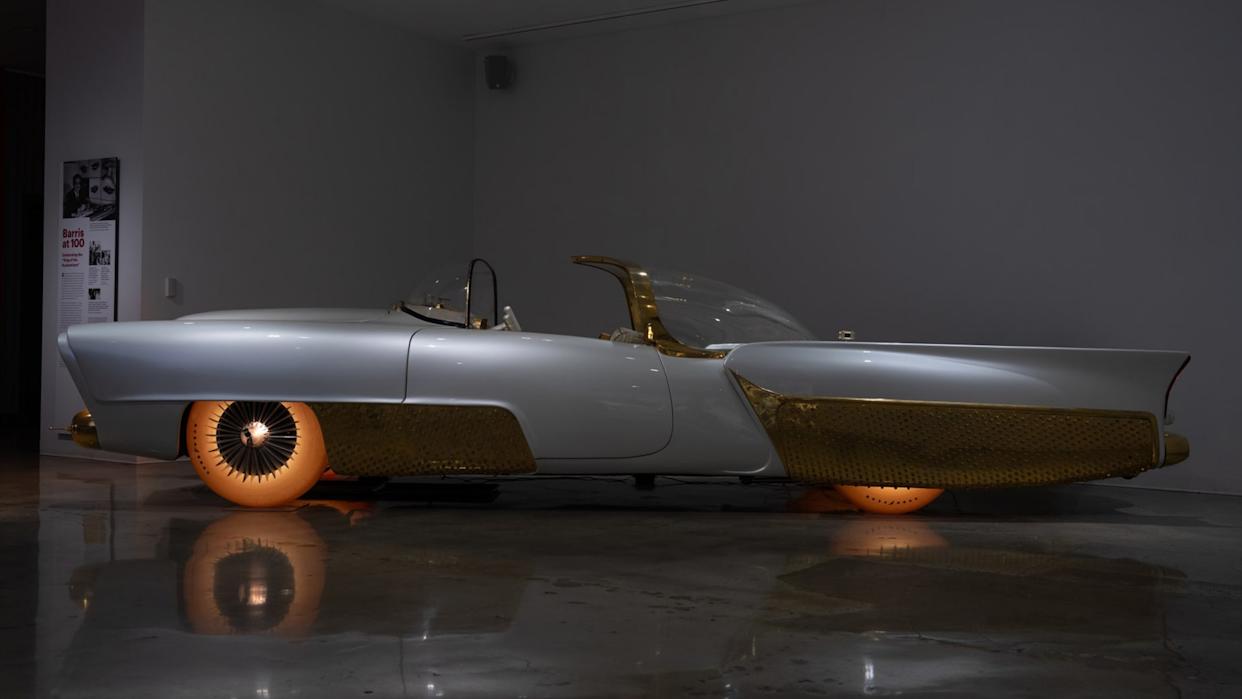
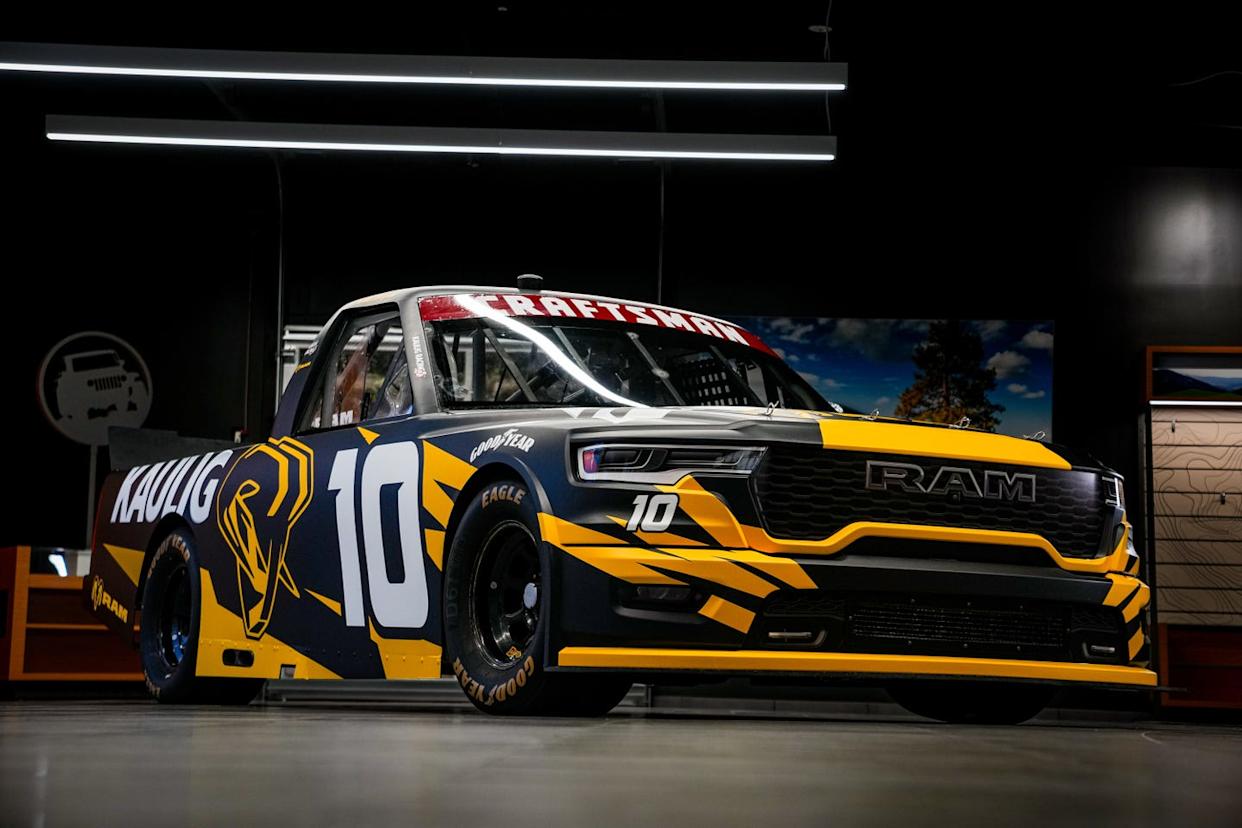

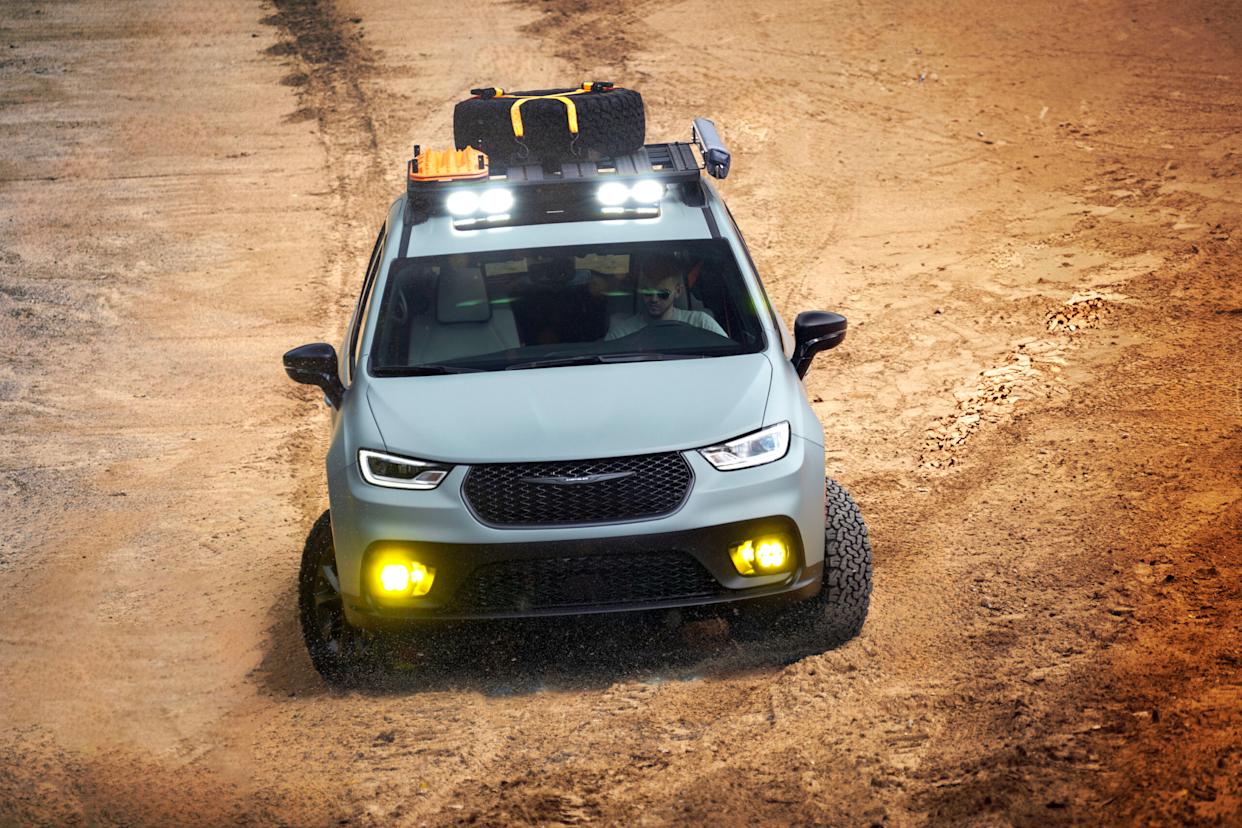
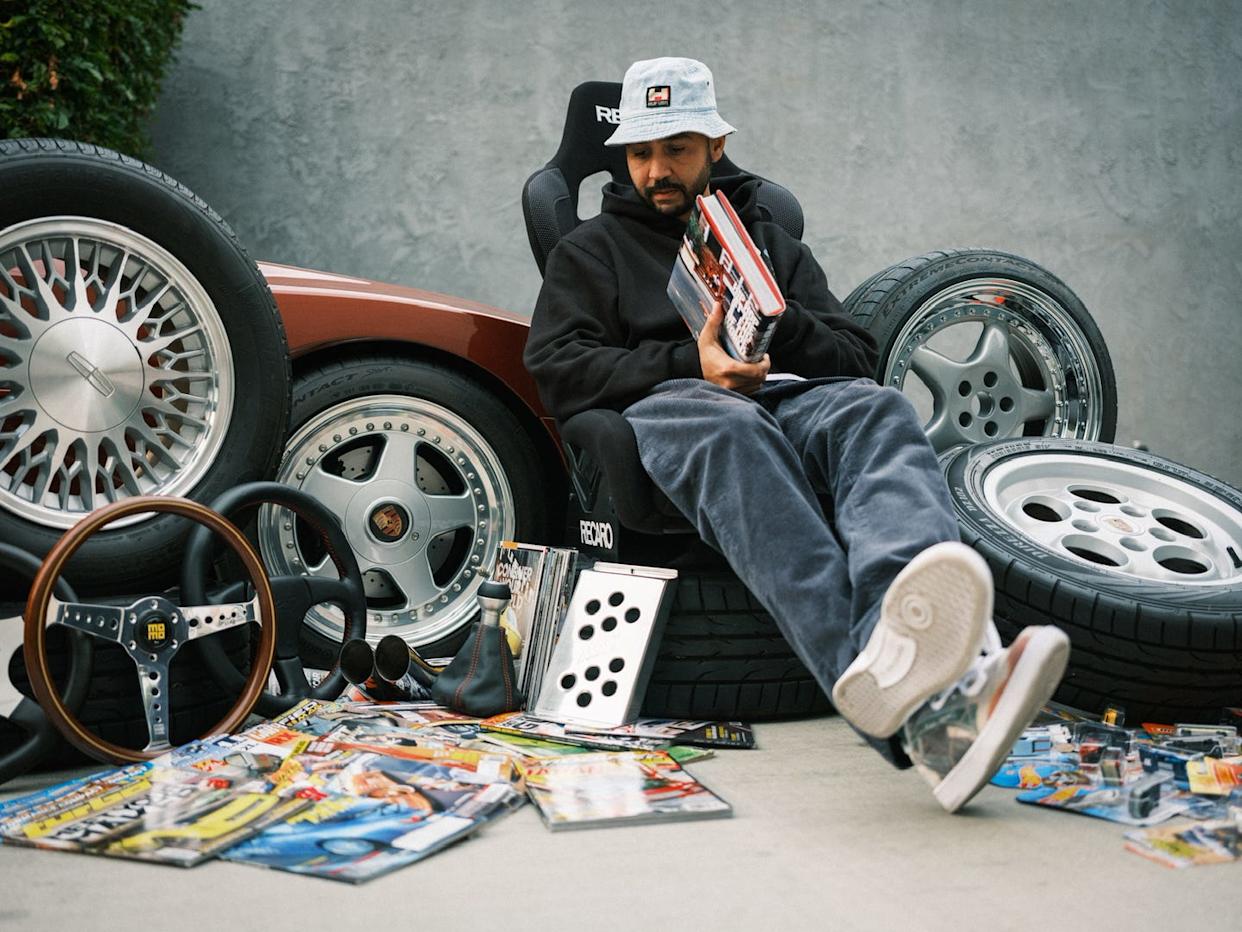
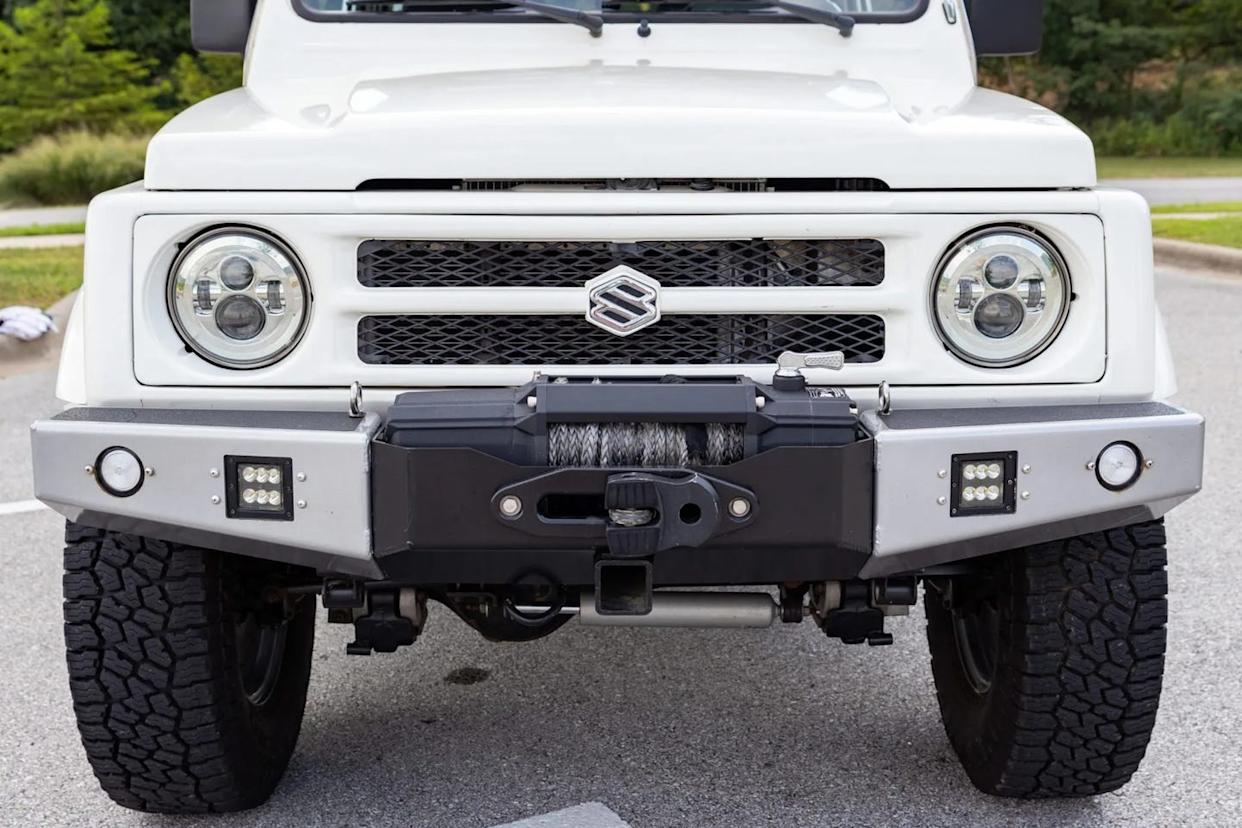
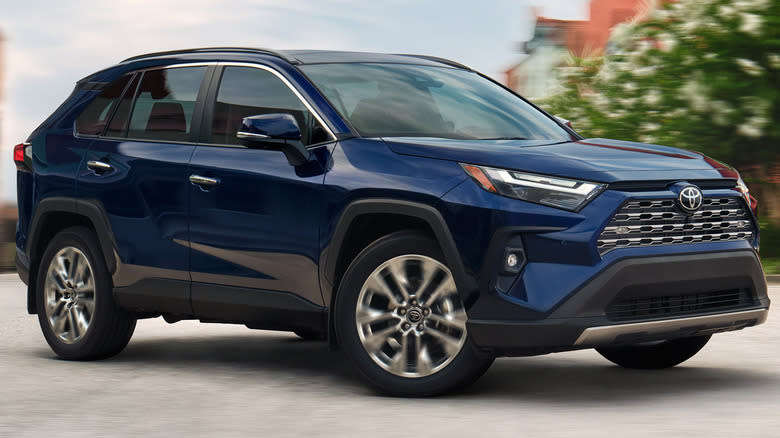
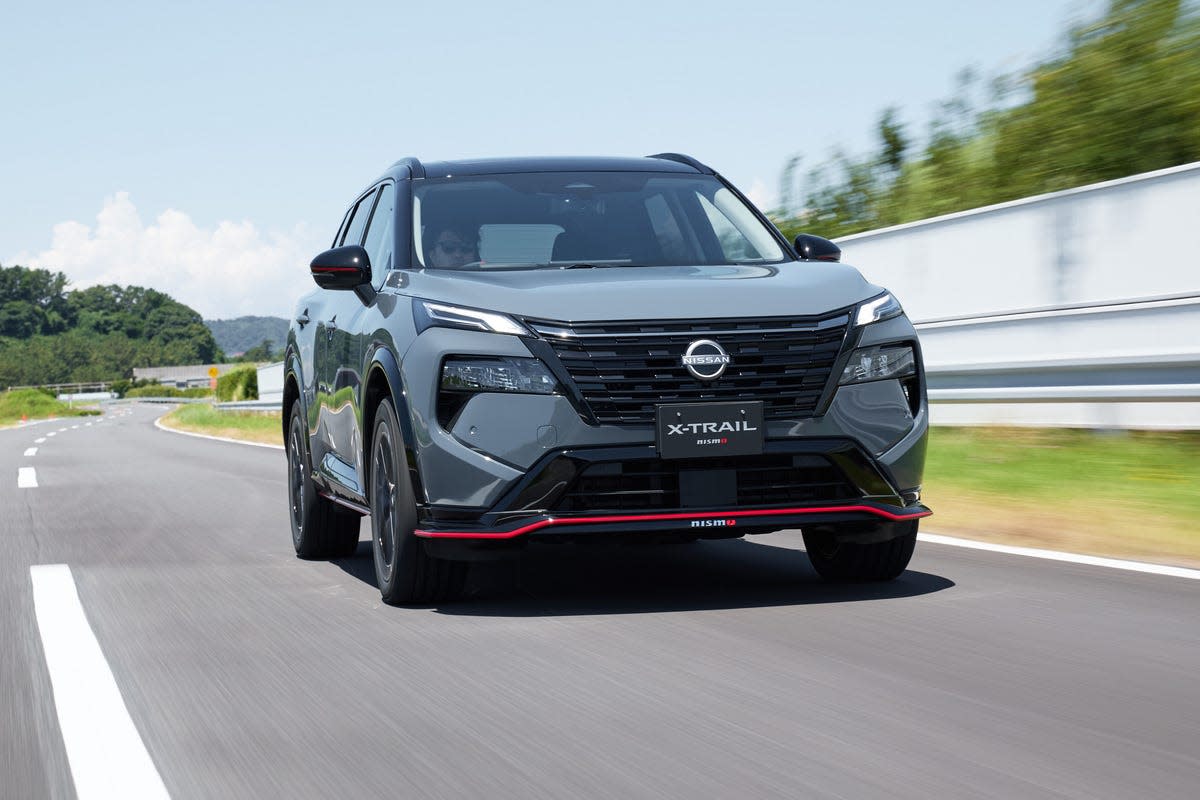
Comments